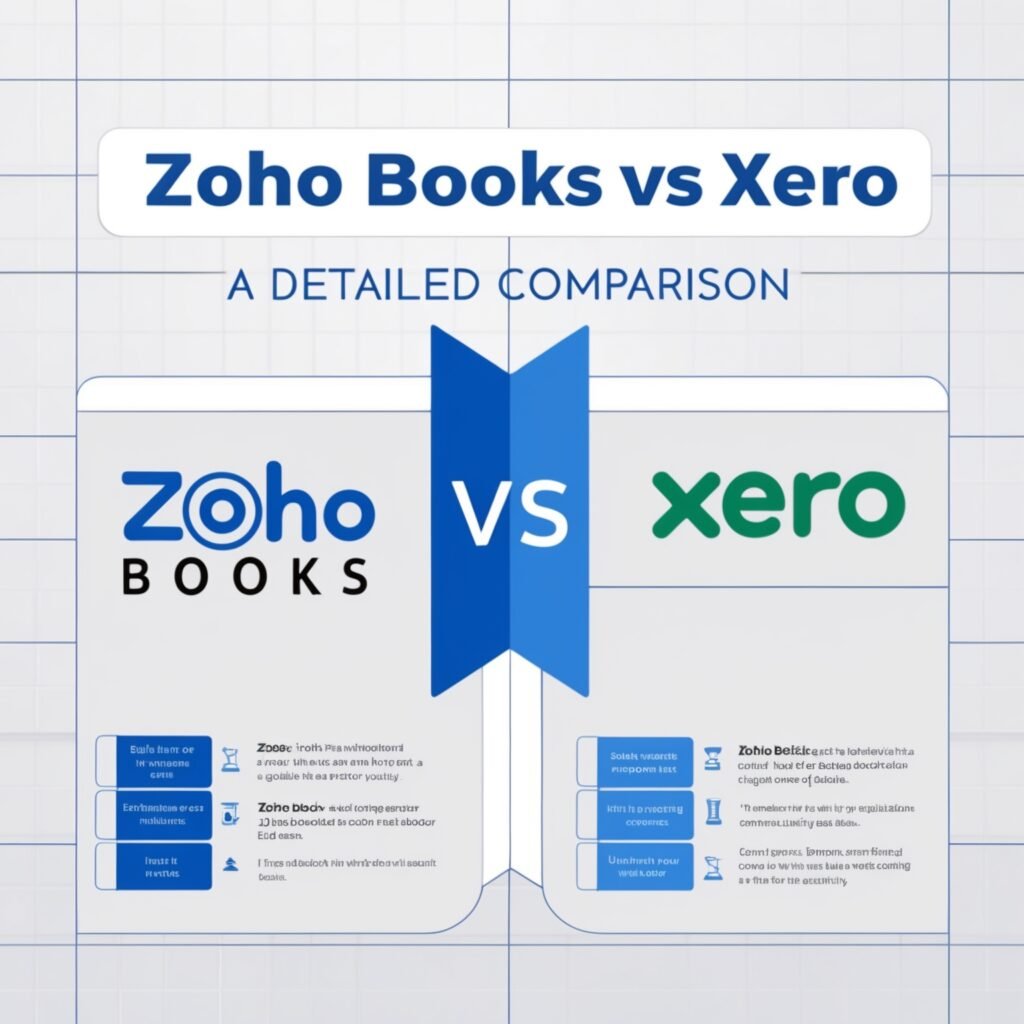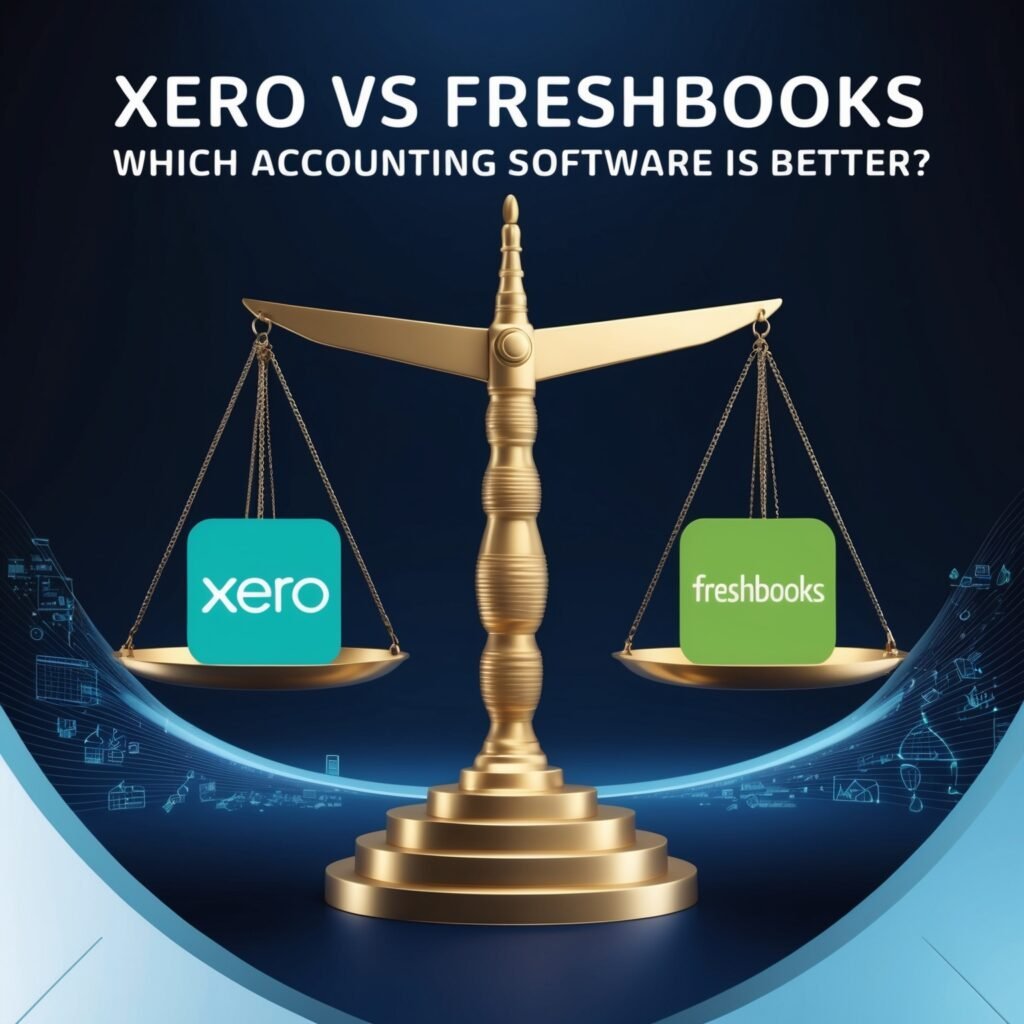OCR technology is part of our daily lives. It makes tasks easier and faster.
Imagine a world where printed documents are instantly editable. With OCR (Optical Character Recognition) technology, this is possible. From converting old books into digital formats to quickly scanning receipts, OCR plays a vital role. It helps save time and reduces manual work.
Even reading signs and translating text on the go is now simpler. Discover how OCR technology can make your daily tasks more efficient. Explore its various uses and see how it fits into your routine.
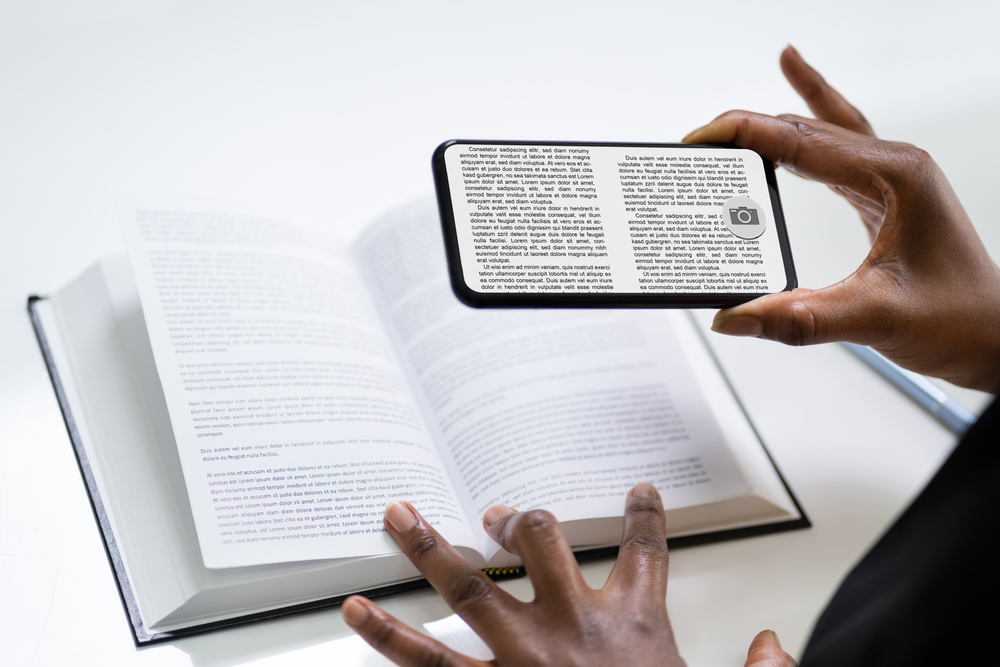
Credit: www.ocr.best
Introduction To Ocr Technology
In our fast-paced world, managing data efficiently is crucial. Optical Character Recognition (OCR) technology helps us do just that. From scanning documents to reading signs, OCR makes our lives easier and more productive.
What Is Ocr?
OCR stands for Optical Character Recognition. It is a technology that converts different types of documents, such as scanned paper documents, PDF files, or images captured by a digital camera, into editable and searchable data. This process enables computers to read text from various sources and transform it into a digital format.
Brief History
The history of OCR technology dates back to the early 1900s. Emanuel Goldberg developed a machine that could read characters and convert them into telegraph code. In the 1950s, RCA Laboratories created a machine that could read printed text. Over the years, OCR technology has evolved significantly.
| Year | Milestone |
|---|---|
| 1914 | Emanuel Goldberg’s machine |
| 1950s | RCA Laboratories’ text reader |
| 1970s | Introduction of commercial OCR systems |
| 2000s | Advancements in AI and machine learning |
Today, OCR is a part of many applications and devices, making our daily tasks more efficient. It helps in digitizing printed documents, automating data entry, and even assisting visually impaired individuals.
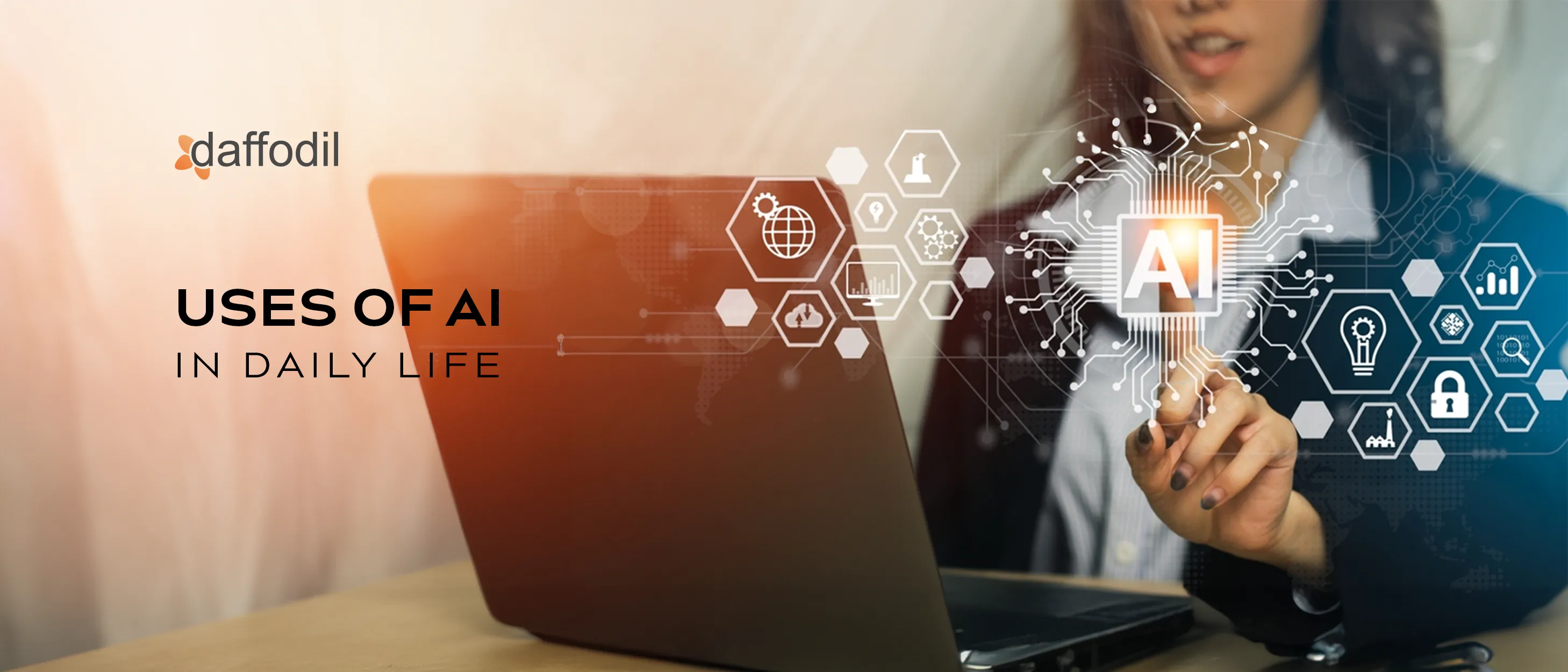
Credit: insights.daffodilsw.com
Enhancing Document Management
OCR technology has transformed document management in many ways. It simplifies handling, storing, and retrieving documents. Businesses and individuals benefit greatly from its capabilities. Let’s explore how OCR enhances document management.
Digitizing Paper Documents
Digitizing paper documents is a primary use of OCR technology. It converts printed text into digital text. This process reduces the need for physical storage space. It also makes documents easier to search and access. Users can quickly find specific information without flipping through pages.
OCR also helps preserve old documents. Scanning and digitizing them protect against physical damage. This is especially useful for historical records and rare books. By digitizing, these documents can be shared widely, ensuring they are not lost over time.
Streamlining Data Entry
OCR technology streamlines data entry by reducing manual input. It scans and extracts information from forms, invoices, and receipts. This saves time and reduces errors. Employees can focus on more important tasks instead of typing data.
Businesses benefit by improving data accuracy. Automated data entry ensures consistency and reduces mistakes. This leads to better decision-making and efficient operations. OCR technology makes the workflow smoother and more reliable.
Improving Accessibility
Optical Character Recognition (OCR) technology is revolutionizing daily life. It improves accessibility for many people. By converting various types of documents into editable and searchable data, OCR helps everyone from students to professionals. One of the most significant benefits of OCR is its ability to aid those with disabilities. Below, we explore how OCR enhances accessibility.
Aiding The Visually Impaired
OCR technology plays a crucial role in assisting the visually impaired. By converting printed text into digital formats, it allows screen readers to read the text aloud. This enables visually impaired individuals to access books, articles, and other printed materials.
Additionally, OCR can be integrated with braille printers. This allows for the conversion of text documents into braille. Thus, making printed information accessible to those who read braille.
Here are some key benefits for the visually impaired:
- Access to printed materials through screen readers.
- Conversion of printed text to braille.
- Independence in reading and learning.
Translating Texts
OCR technology can also aid in translating texts. It can recognize text in different languages and convert it into a digital format. Once digitized, the text can be easily translated using translation software. This is especially useful for travelers and multilingual individuals.
Imagine visiting a foreign country and not understanding the signs. OCR can scan the sign, convert the text, and translate it into your language. This makes navigation and communication easier.
Some key advantages of using OCR for translation:
| Advantage | Description |
|---|---|
| Ease of Travel | Helps understand signs and menus in foreign countries. |
| Learning Languages | Aids in learning new languages by translating text. |
| Communication | Facilitates better communication with non-native speakers. |
In essence, OCR technology bridges language barriers. It makes printed information accessible to all, regardless of language.
Boosting Productivity
OCR technology has become a vital tool in our daily lives. It helps in converting different types of documents, like scanned paper documents, PDF files, or images captured by a digital camera, into editable and searchable data. This capability significantly boosts productivity in various ways. Below, we explore some key aspects.
Automating Workflows
OCR technology automates various workflows, making tasks quicker and easier. By converting printed text into digital format, it allows for faster data entry and processing.
- Invoices: Automatically extract data from invoices and input them into accounting systems.
- Receipts: Save time by scanning and organizing receipts for expense reports.
- Forms: Fill out forms electronically, reducing the need for manual data entry.
These automated processes save time and allow employees to focus on more critical tasks.
Reducing Manual Errors
Manual data entry often leads to errors. OCR minimizes these mistakes by ensuring accurate data capture.
- Consistency: Ensures uniform data entry, reducing discrepancies.
- Accuracy: High accuracy rates in text recognition lower the chances of errors.
- Verification: Allows for easy verification of data, making corrections simpler and faster.
Reducing errors improves the quality of work and enhances overall productivity.
Enhancing Security Measures
OCR technology plays a significant role in enhancing security measures. By converting different types of documents into editable and searchable data, it helps in various security applications. Below are some practical uses of OCR technology in daily life for enhancing security.
Id Verification
OCR technology streamlines the process of ID verification. It scans and extracts data from IDs like passports and driver’s licenses. This quickens the verification process and reduces human error.
Imagine entering a secure building. Instead of manually checking IDs, security can use OCR to verify identities instantly. This ensures that only authorized individuals gain access.
Fraud Detection
OCR helps in identifying and preventing fraud. It can scan and analyze documents for signs of tampering. For instance, banks use OCR to verify the authenticity of checks. This prevents fraudulent transactions.
Using OCR for fraud detection enhances security measures. It ensures that documents are genuine and have not been altered.
| Security Measure | OCR Application |
|---|---|
| ID Verification | Scans and extracts data from IDs |
| Fraud Detection | Identifies and prevents document tampering |
In summary, OCR technology enhances security by streamlining ID verification and detecting fraud. Its applications ensure a safer and more secure environment.
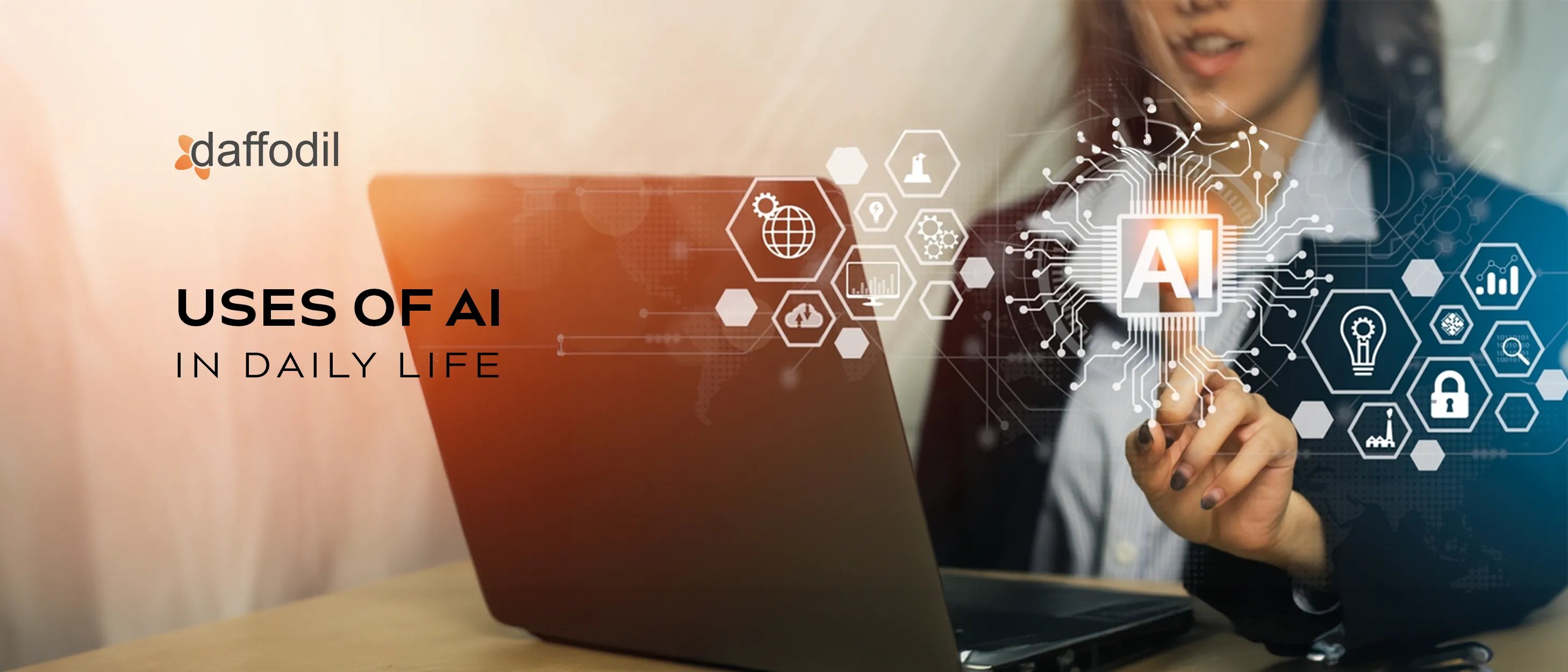
Credit: insights.daffodilsw.com
Simplifying Financial Transactions
Optical Character Recognition (OCR) technology plays an essential role in simplifying financial transactions. By digitizing and automating manual processes, OCR helps businesses save time, reduce errors, and improve efficiency. Here are some key areas where OCR simplifies financial transactions.
Invoice Processing
OCR technology can extract data from paper invoices and convert it into digital format. This helps in quickly accessing and managing invoice details. Businesses can benefit from faster payment cycles and reduced errors.
- Extracts vendor details and payment terms
- Automates data entry tasks
- Reduces manual input errors
By implementing OCR, companies can streamline their invoice processing. This ensures timely payments and better financial management.
Expense Management
Managing expenses manually can be time-consuming and prone to errors. OCR technology simplifies this process by digitizing receipts and expense reports. Employees can easily scan their receipts and upload them to expense management systems.
| Benefits | Description |
|---|---|
| Faster Processing | Quickly digitizes expense receipts |
| Accurate Records | Reduces human errors in expense reports |
| Easy Access | Centralizes expense data for easy retrieval |
With OCR, businesses can improve their expense management processes. This leads to better financial control and easier auditing.
Transforming Education
OCR technology is transforming education in various ways. It makes learning more efficient and engaging. This technology helps in converting printed text into digital formats. This is useful for both students and teachers. Below are some ways OCR technology is used in education.
Digital Note Taking
With OCR technology, students can convert their handwritten notes into digital text. This makes it easier to organize and search through notes. No need to carry heavy notebooks. Just take a picture of your notes, and OCR software will do the rest. Students can store these digital notes on their devices. They can also share them with classmates or teachers.
Automated Grading
OCR technology can help teachers grade papers and exams faster. By scanning students’ written answers, OCR software can recognize and evaluate them. This reduces the time teachers spend on grading. It also ensures a more consistent and fair grading process. Teachers can use this extra time to focus on teaching and helping students. Automated grading can be used for multiple-choice tests, essays, and even handwritten assignments.
Future Trends In Ocr
OCR technology is evolving rapidly. The future trends in OCR are promising. This technology is set to become more integrated and versatile. Let’s explore these trends.
Ai Integration
Artificial Intelligence (AI) is transforming OCR technology. AI algorithms improve OCR accuracy. They help in recognizing complex text patterns. This leads to better text extraction from various sources.
AI also enables OCR to learn and adapt. It can recognize new fonts and handwritten text. This makes OCR more effective for diverse applications.
Machine learning enhances OCR’s performance. It allows the software to get smarter with each use. This continuous improvement is key to future advancements in OCR.
Expanding Applications
OCR is finding new uses in different fields. Healthcare is a major beneficiary. OCR helps digitize patient records. It makes data retrieval faster and easier.
In education, OCR aids in converting books and notes into digital formats. This helps students access study materials conveniently.
Financial services also benefit from OCR. It automates the processing of checks and invoices. This reduces manual errors and speeds up transactions.
Retail is using OCR for inventory management. It helps in tracking products and improving stock accuracy.
Even in daily life, OCR is becoming useful. Mobile apps use OCR to scan and store information. This includes receipts, business cards, and more.
Here is a table showing the expanding applications of OCR:
| Field | Application |
|---|---|
| Healthcare | Digitizing patient records |
| Education | Converting books to digital formats |
| Financial Services | Automating check and invoice processing |
| Retail | Inventory management |
As these trends show, OCR technology is becoming more integrated and versatile. Its applications are expanding across various fields. This makes it an essential tool in our daily lives.
Frequently Asked Questions
What Is Ocr Technology?
OCR stands for Optical Character Recognition. It converts different types of documents into editable and searchable data.
How Does Ocr Work?
OCR technology scans text from images or documents. It then uses algorithms to recognize and convert the text into digital form.
Where Is Ocr Commonly Used?
OCR is used in banking, healthcare, education, and retail. It helps in digitizing documents, automating data entry, and improving efficiency.
Can Ocr Read Handwriting?
Yes, OCR can read printed and handwritten text. However, the accuracy depends on the quality and clarity of the handwriting.
Conclusion
OCR technology simplifies many daily tasks. It helps in converting images to text. This saves time and increases productivity. Students can quickly scan textbooks. Businesses can digitize documents effortlessly. Even personal notes become easy to organize. Clearly, OCR technology enhances our daily life.
Its benefits are evident in various aspects. Adopting OCR can lead to smoother workflows. Give it a try and see the difference.


